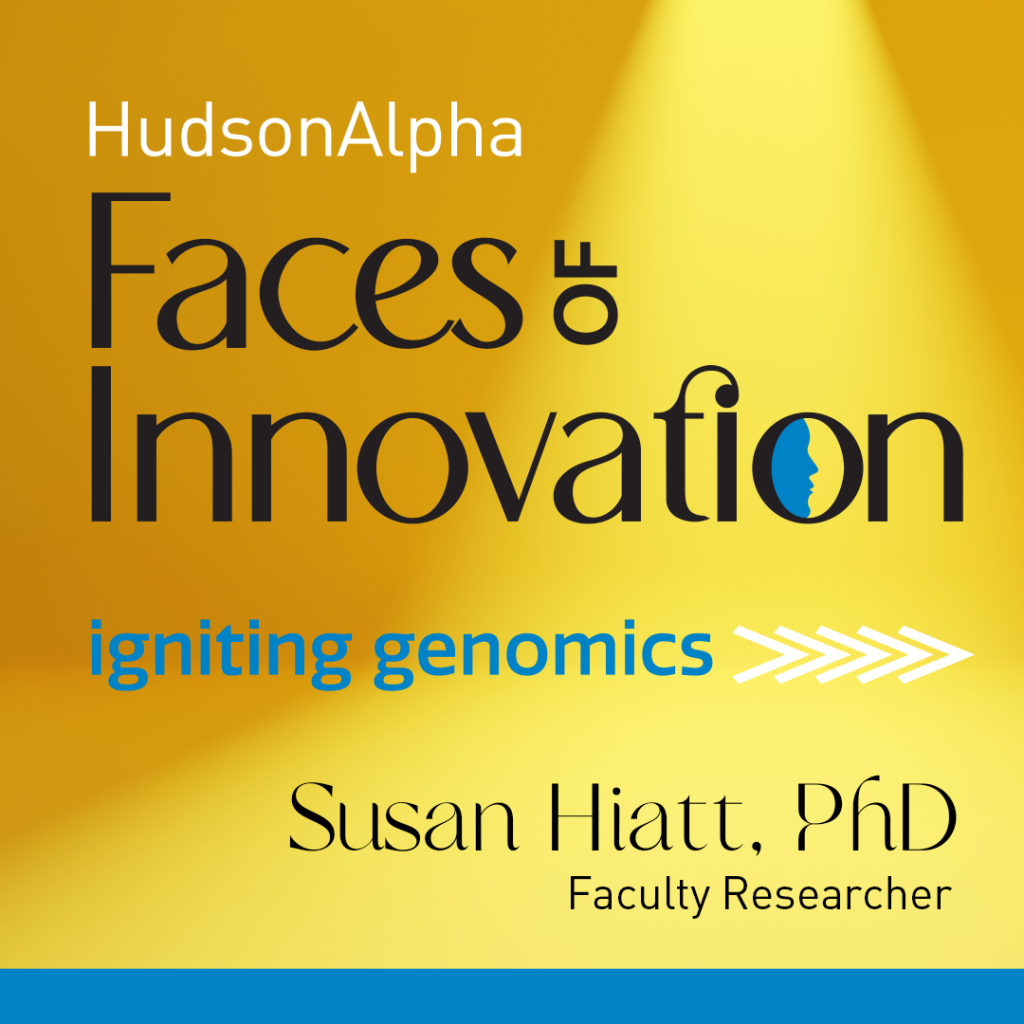HudsonAlpha genome sequencing helps provide clues to how climate change might impact evolutionary adaptation limits
Diatoms are a common type of algae found in many environments from marine to soil; in the oceans, they are responsible for more than a third of the global ocean carbon captured during photosynthesis. This leads to a significant amount of sequestered carbon ending up in the sediments at the bottom of the ocean. In both freshwater and marine ecosystems, the base of the food web is comprised of a diverse community of phytoplankton that includes diatoms who can thrive in a wide range of temperatures. In the Southern or Antarctic Ocean, large populations of a particular diatom, Fragilariopsis cylindrus, dominate the phytoplankton communities.
To learn more about how F. cylindrus adapted to its extremely cold environment, a team led by University of East Anglia (UEA) scientists in Norwich, England, conducted a comparative genomic analysis involving three diatoms by tapping expertise from the HudsonAlpha Institute for Biotechnology and the U.S. Department of Energy Joint Genome Institute (DOE JGI), who conducted all sequencing and annotation. Jeremy Schmutz, co-director of the HudsonAlpha Genome Sequencing Center and Plant Program lead at the DOE JGI, was part of the team that performed the sequencing and annotation. The results, reported online January 16, 2017 in the journal Nature, provided insights into the genome structure and evolution of F. cylindrus, as well as this diatom’s role in the Southern Ocean. Of particular interest was that F. cylindrus, which is diploid (it has two copies of each chromosome, thus two versions of each gene) can selectively express the variant best suited to helping it deal with its environment. This provides additional genome-rooted resilience to the organism as its environment changes.


